Performance Analysis
The GB2760QSU delivers the expected result in the gamut measurement, delivering virtually all of the sRGB colour space. Contrast ratio is decent enough for a TN panel, and while the white point is a little cool compared to the ideal, this is quite common and will be to many people's taste. We found the default setting here to be the best visually, even though the Warm preset had the closest to ideal value.
Colour accuracy was also strong for a TN panel – an average Delta E of less than 3 is a good result. Greys and whites showed some weaknesses, but even there it was nothing major or anything that's likely to be too noticeable. The gamma curve deviated very little from the ideal, so another good result there, and the 1.8 and 2.6 built-in gamma settings are accurately named according to our measurements.
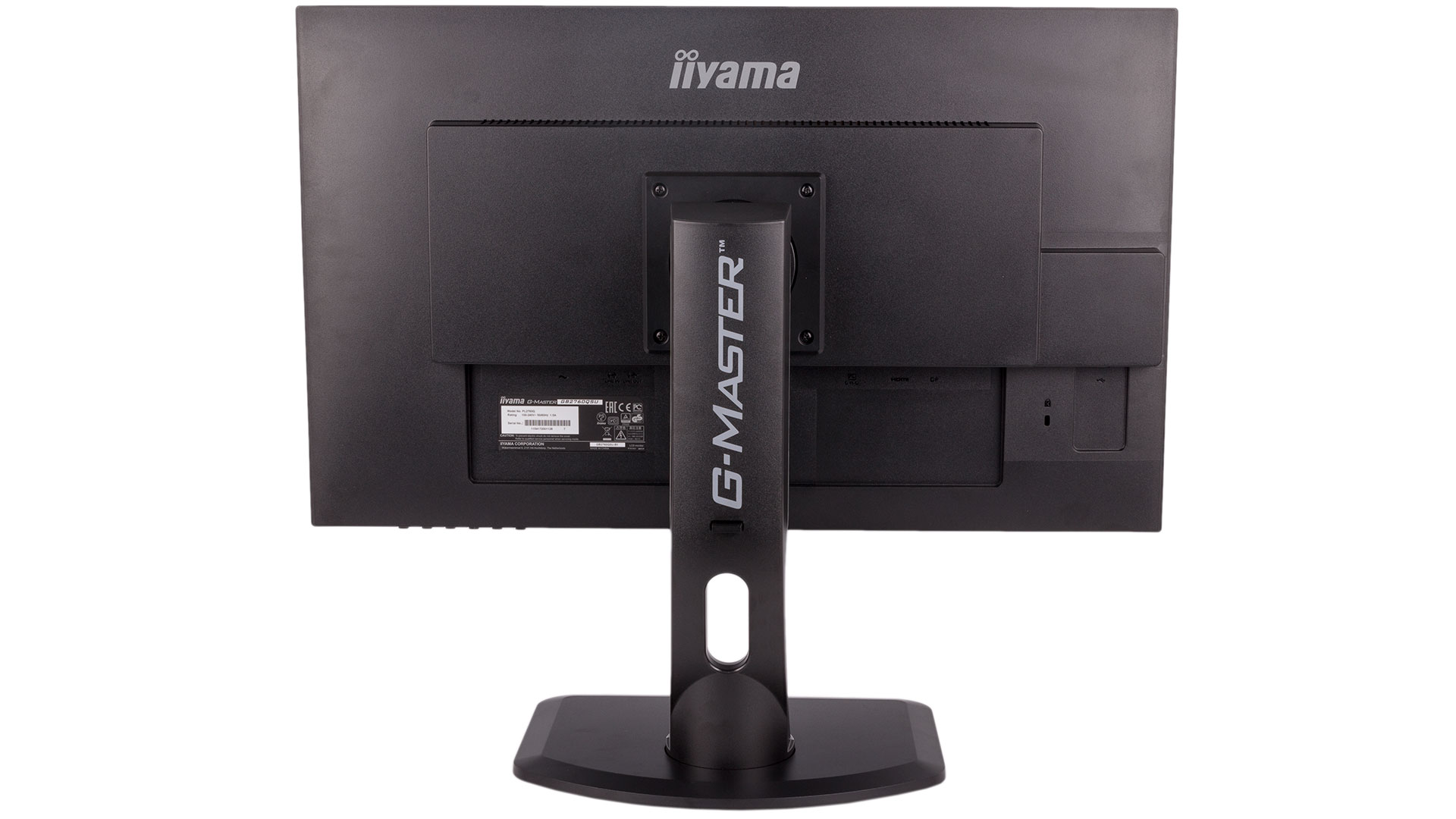
Like most TN screens, uniformity could be improved, and the bottom corners are where we observe the most deviation, but even there it's not too drastic. Backlight bleed thankfully wasn't an issue; we noted a rather even glow
Subjective testing also proved positive, with our standard images showing up nicely. They're a little lacking in contrast and depth in some areas, and the screen has some difficulty clearly differentiating extreme whites and blacks, but these are nitpicked issues rather than obvious ones. Viewing angles are pretty poor, but that's to be expected from a TN panel. Do make sure you're looking head on for the best view. The i-Style colour options, meanwhile, did nothing for us, “enhancing” the image in one or more ways far too much. Better to just stick with the default settings or have a go at programming your own.
Calibration seemed to add a bit of warmth to the screen – unsurprising since it's a little on the cool side by default. Colour accuracy was improved, though, and we got out average Delta E down to just 1.22.
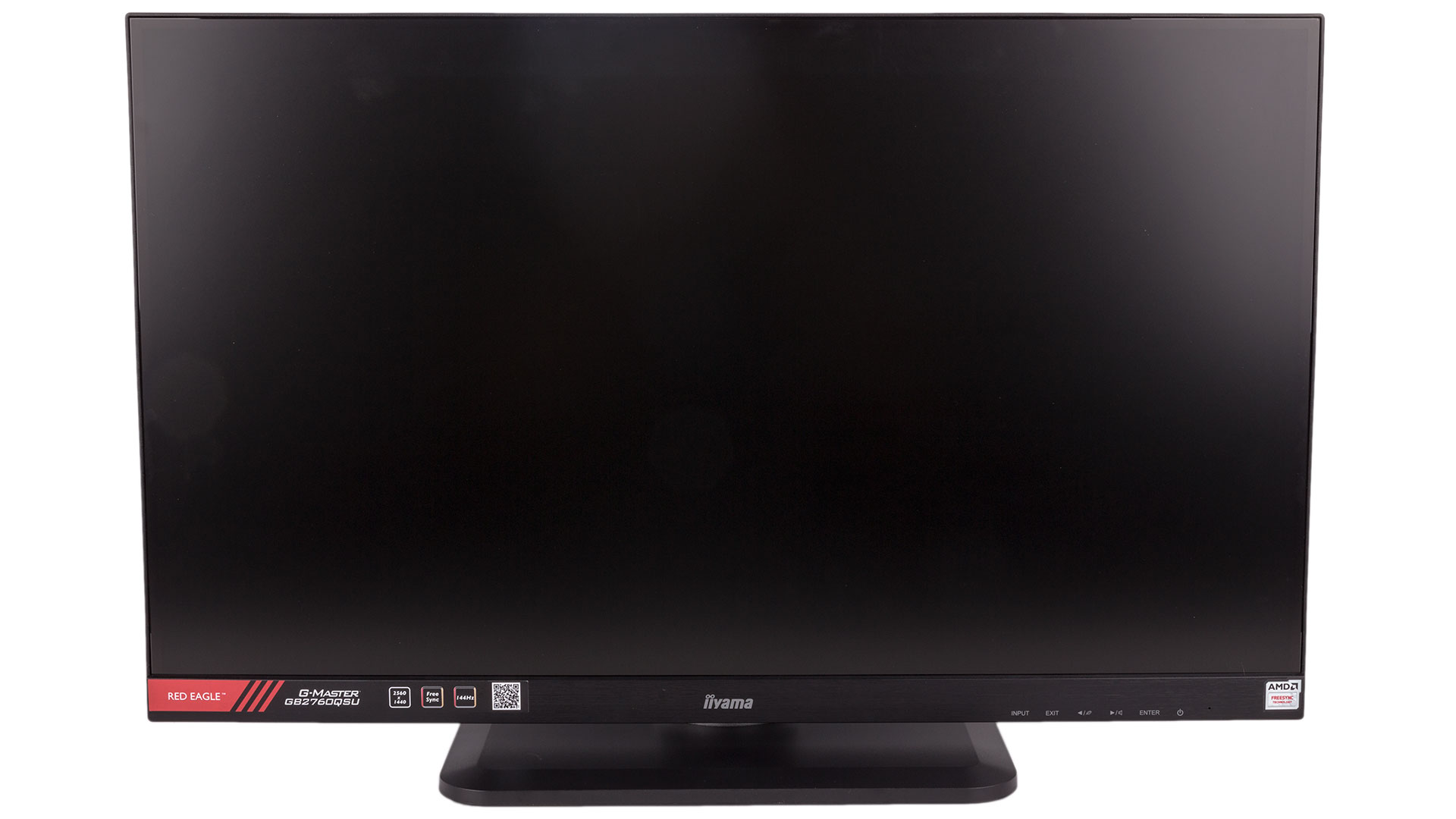
With the screen set to its 144Hz refresh rate and FreeSync enabled (it's a bit buried in the menu, but you only need to turn it on once), gaming is great on this screen, and FreeSync does indeed appear to work correctly when you dip below 40fps. Input lag is undetectable, and ghosting is kept well under control. It does exist if you look for it, but the default overdrive setting does a very good job. Any less, and it becomes more obvious, but you can use the higher settings without too much visual corruption if you really feel you need to.
Conclusion
With the pricing and specifications as they are, the GB2760QSU was already off to a good start. Thankfully, our testing has revealed no major flaws and instead a capable display that'll suit you well if you're after high fps, high resolution gameplay. Similar to 4K FreeSync panels, though, there's a distinct lack of suitable AMD hardware for this screen, at least if you're keen to play AAA titles with the setting whacked up. Still, you could always use the time to save up for Vega. 4K FreeSync panels like the Asus MG28UQ and Iiyama's own GB2888UHSU are worthy alternatives at a similar price, but you won't get the high refresh rate (nor, consequently, the Low Framerate Compensation), so from a purely gaming perspective we reckon this is the better bet. The fussy menu is a small but noteworthy detriment, but the default settings will best for most anyway, and you get the full range of physical adjustments and wall-mounting, so it's a flexible screen. In short, an easy recommendation if you're looking for a new screen to prepare for Vega.


MSI MPG Velox 100R Chassis Review
October 14 2021 | 15:04

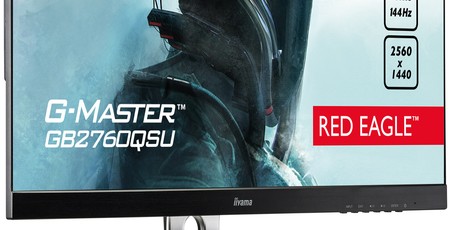
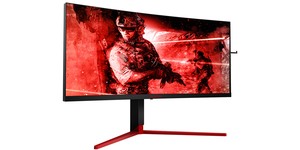
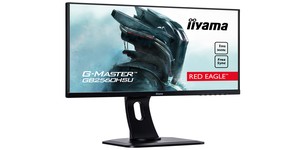
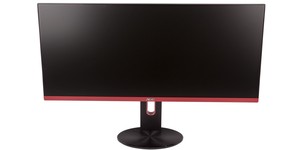




Want to comment? Please log in.